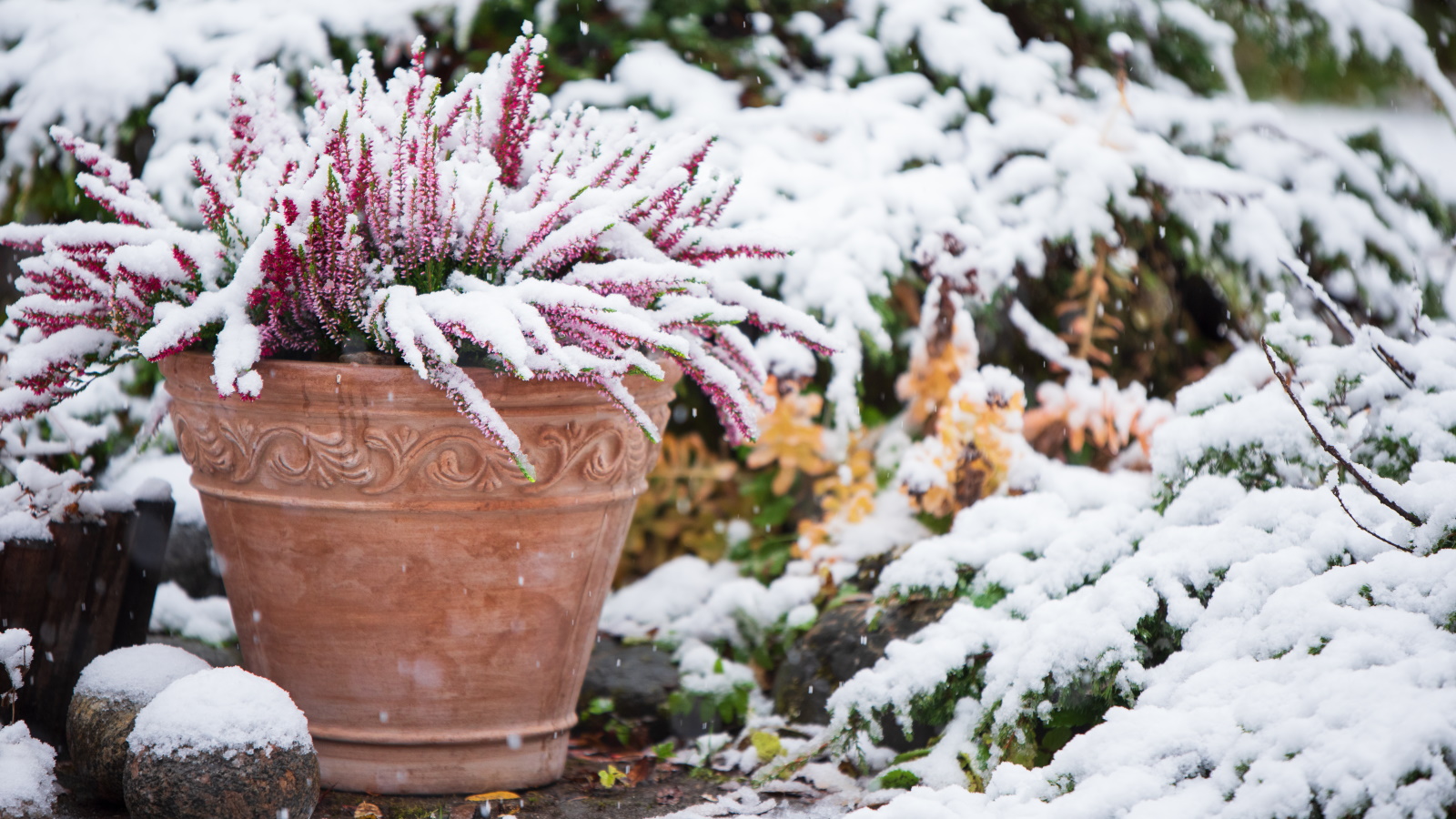
While it's true that not many things grow in the garden during winter, your cold-weather backyard landscape can actually be a thing of beauty. Trees with fallen leaves provide sculptural interest, while frost and snow paint everything white. And that's exactly what the Farmers' Almanac say US gardeners will witness once again this winter.
If you're starting to think about your winter garden, it's worth paying attention to the predictions from the latest Farmers' Almanac winter weather forecast. The long-trusted source for weather predictions in the US and Canada states this winter will be particularly wet, windy and snowy: 'Farmers’ Almanac winter weather forecast calls for a season of rapid-fire storms that will bring both rain and snow, with little downtime in between.'
Most locations are expected to be cold and wet, but it's forecasted that the lowest temperatures will be across Northern Plains to the Great Lakes region. The coldest part of the season will hit in January and February, when it is expected Arctic air will hit the nation. Meanwhile, heavy rainfall and storms will predominantly be found in New England and the Northeast, as well as the eastern third of the country also experiencing above-average winter precipitation levels. No matter where you are, it's worth putting some precautions in place now to protect your garden plants through the winter season.
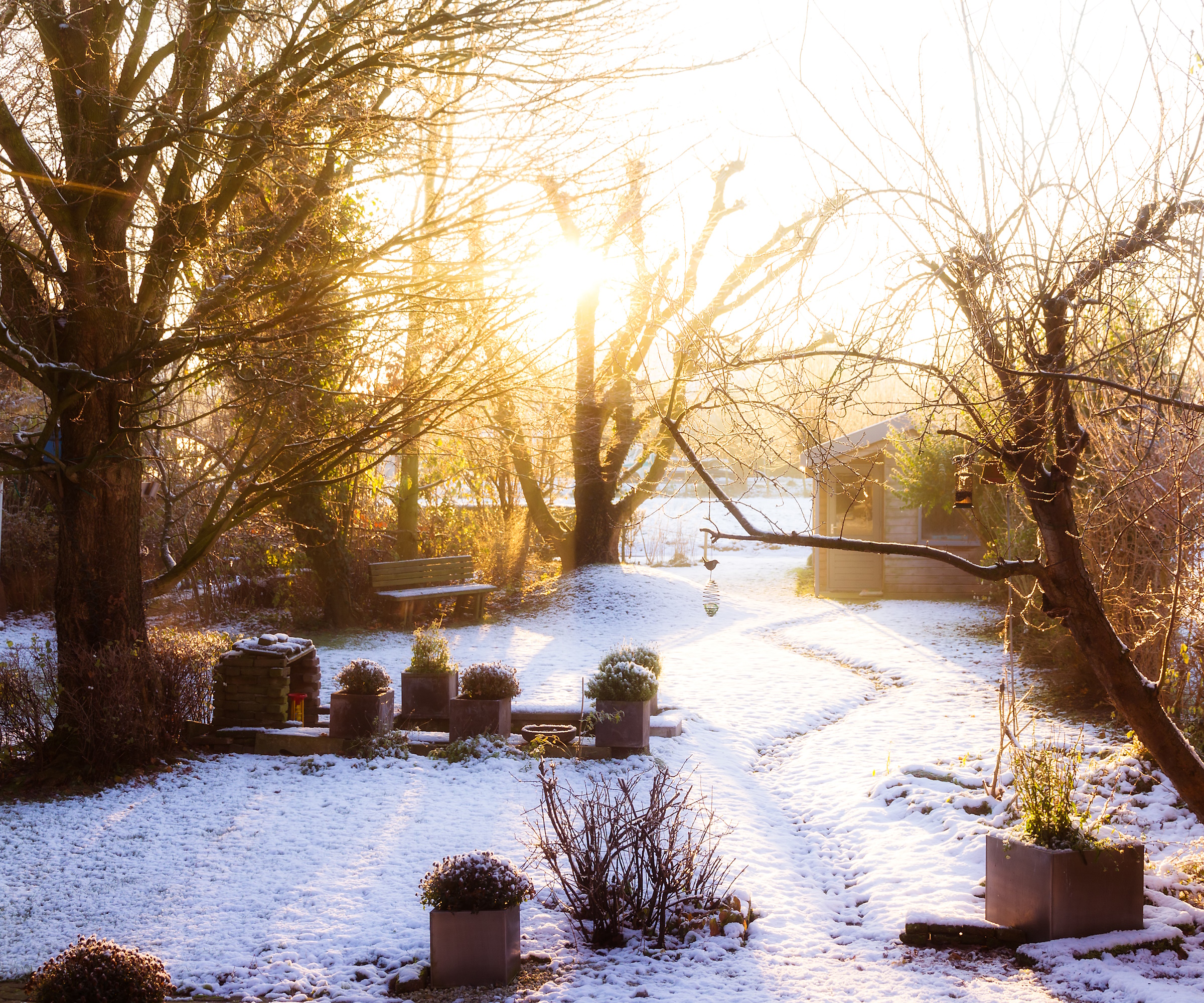
5 simple ways to prepare your backyard for winter weather
Keeping the Farmers' Almanac winter weather predications in mind, these are some essential ways to get your yard ready for the incoming cold season. Discover expert advice for five ways to prepare your yard for winter.
1. Install proper garden drainage
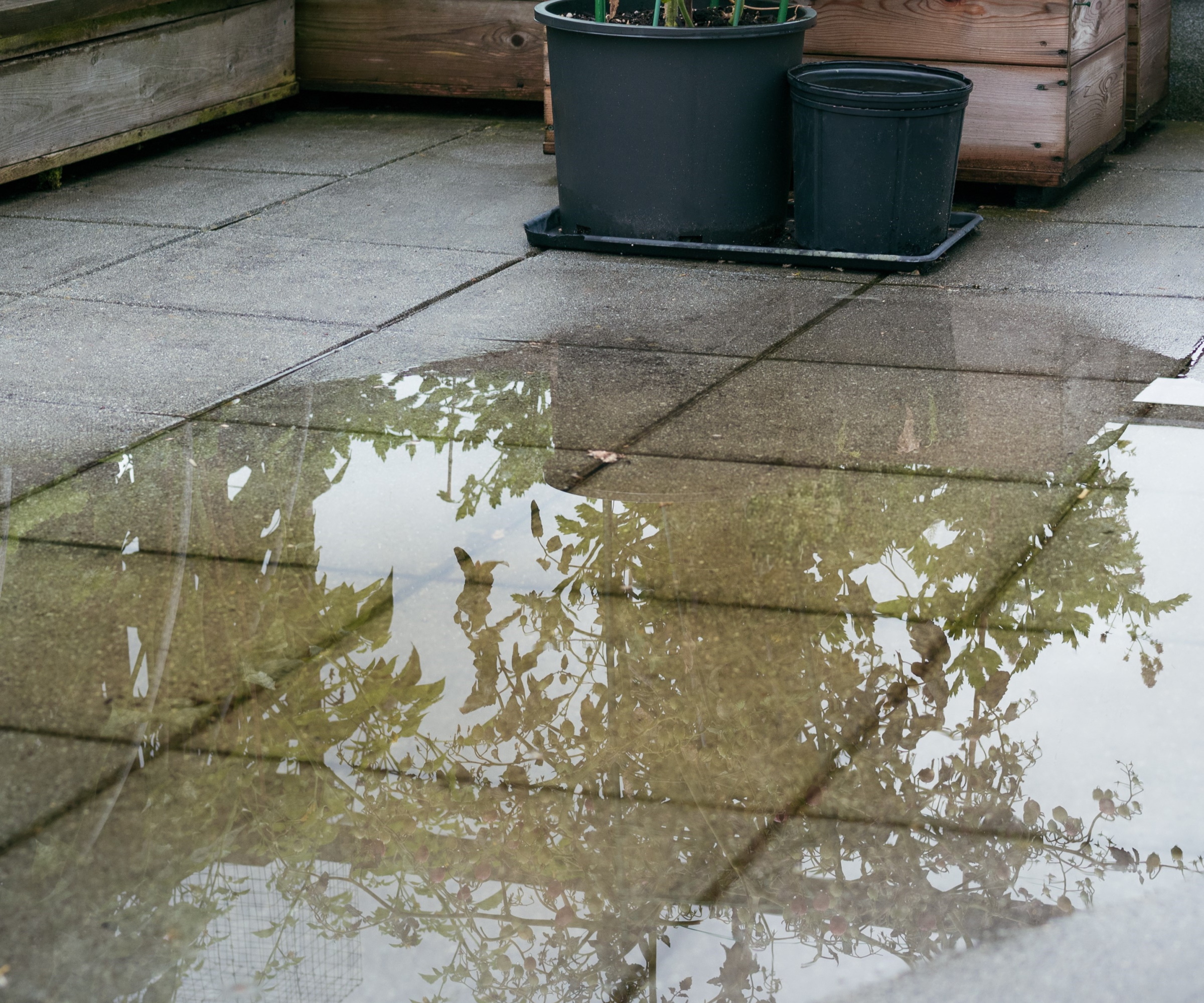
With the Farmers' Almanac forecasting the majority of the US to have above-average winter precipitation, excluding the Southwest and South Central states, getting the right garden drainage in place has never been more important.
'In my years of experience, I've found that proper drainage is the unsung hero of wet winter gardening,' says Ben McInerney, an arborist and landscape gardener. 'I once worked on a property where poor drainage had turned the garden into a swamp. We installed French drains and raised beds, transforming it from a soggy mess into a thriving winter oasis,' he adds.
Drainage can not only help reduce surface water run-off in your yard, but it can also prevent your plants sitting in oversaturated soil, becoming waterlogged and suffering a number of problems like root rot.
If you have a container garden, it can be as simple as elevating your pots with these pot feet from Amazon to allow for excess water from rain to drain away. Likewise, aerating your lawn before early frosts kick in can improve drainage across your grass areas.
2. Protect plants from frost
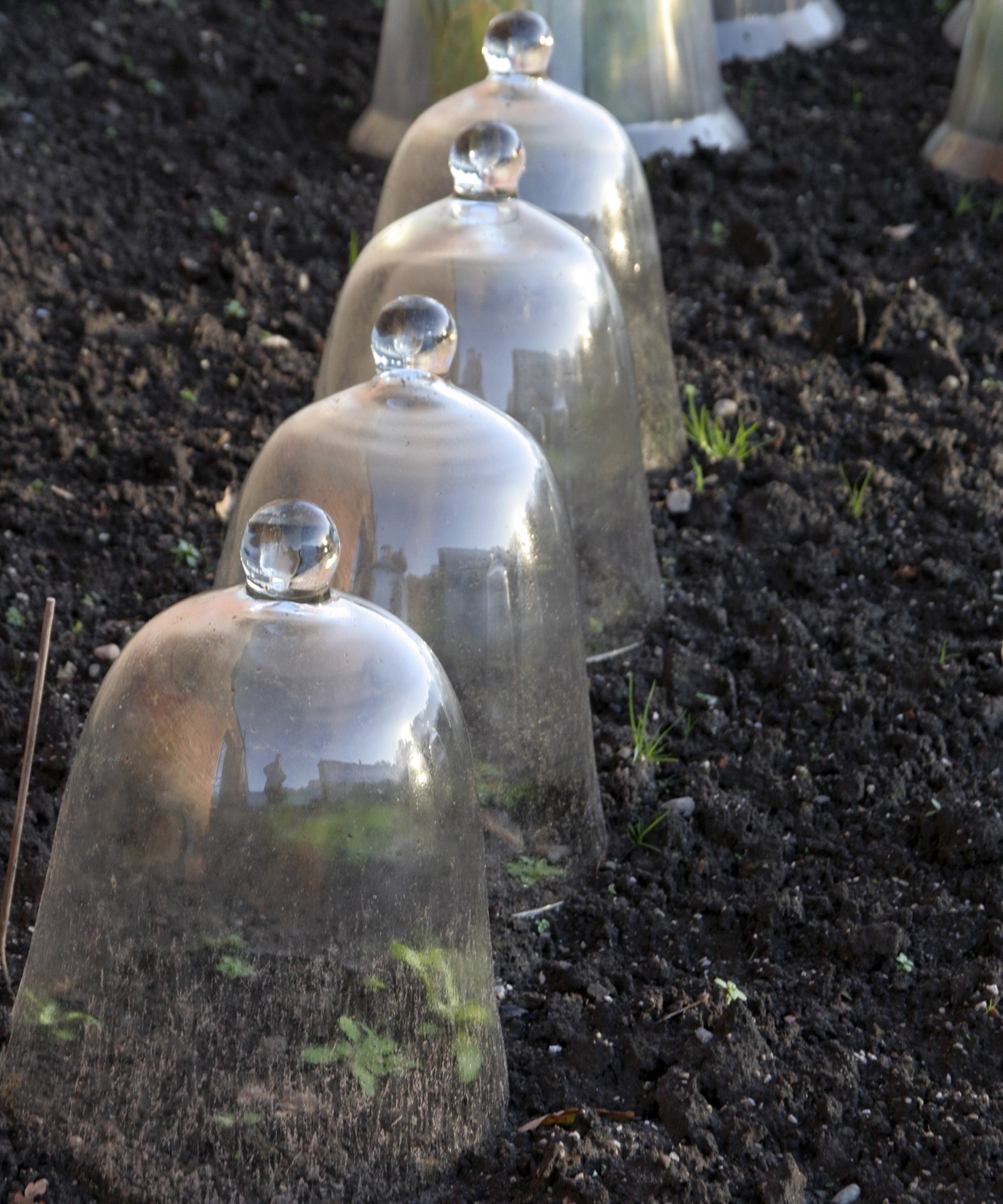
This should be near the top of your fall gardening checklist priorities, as you will want to ensure you have put things in place to protect plants from frost and keep them healthy during the incoming harsh weather.
Luckily, there are so many ways to protect plants from frost - whether its using a cold frame for younger plants or even using bed sheets to protect plants from frost.
'I'm always prepared with frost cloth and improvised cloches,' says Ben. 'You can even use old milk jugs with the bottoms cut out to make excellent mini-greenhouses for vulnerable plants,' he suggests.
Cloches are perfect for smaller plants and can be bought online, like these cloches from Amazon. For larger plants and trees, it's worth investing in frost covers, like these from Amazon.
Of course, you can also bring vulnerable potted plants indoors to overwinter. It's also a good idea to consider mulching your plants and wrapping pots to protect roots from freezing.
3. Cut back plants to prevent snow damage
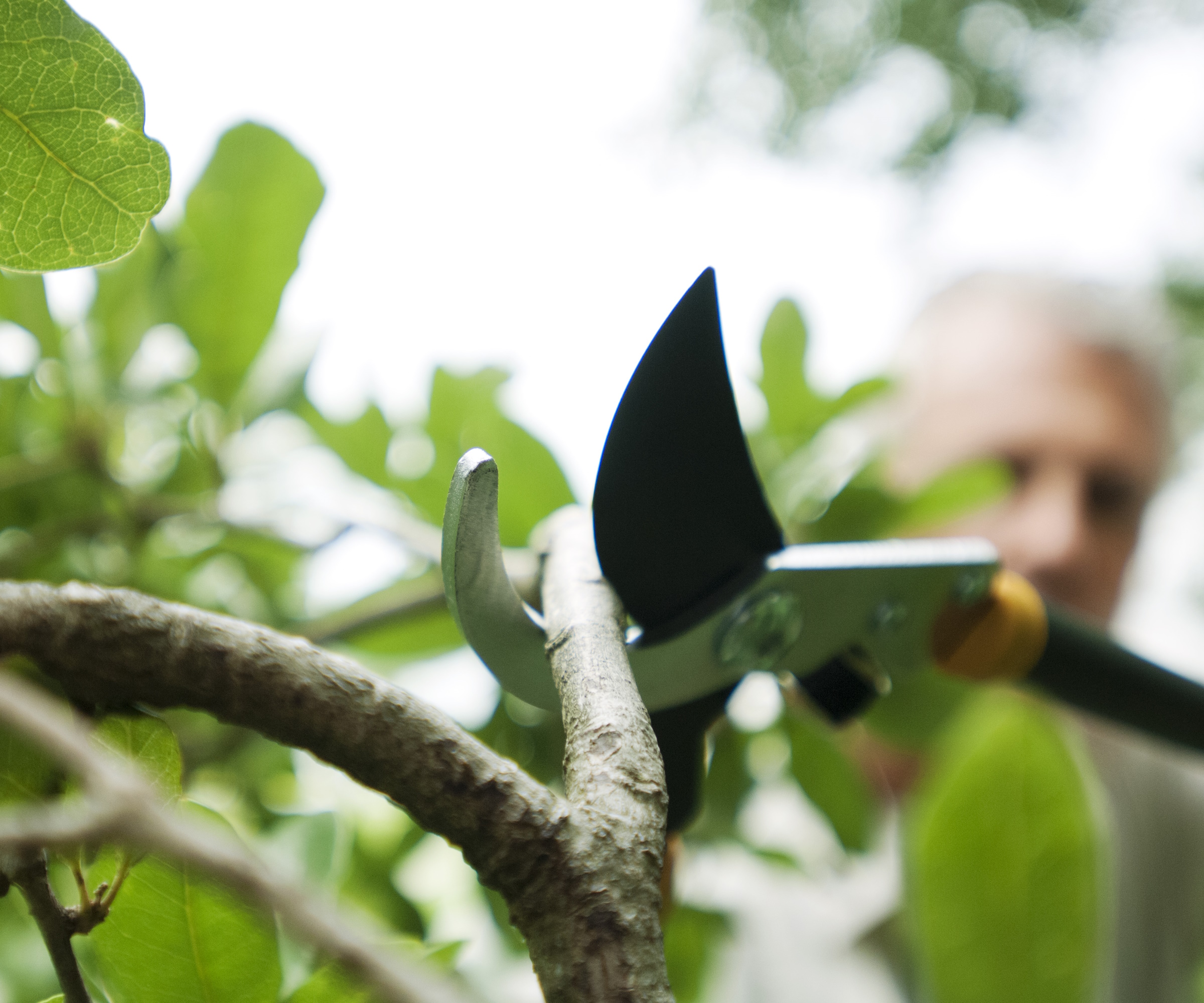
Sometimes life gets busy and gardening tasks get left on the back burner, like pruning away dead and damaged plant material. However, as the Farmers' Almanac predicts heavy snow showers across US states, particularly in the region of the Great Lakes and the east, it's best to get this essential pruning done now.
'Pruning is crucial for removing dead or weak branches and preventing snow damage and potential hazards,' says Ben. 'I once saw a beautiful old oak tree split in half under the weight of snow because of neglected pruning,' he warns.
There is no one way to prune as each plant and tree will have different needs. Whether you're pruning tree branches, like Ben describes, or pruning more tender flowering plants, make sure to read up on pruning mistakes to avoid and always research how to prune your specific plant correctly.
You'll need to invest in some sharp essential gardening tools to get this job done, like these loppers from Amazon.
4. Clean and store away garden tools
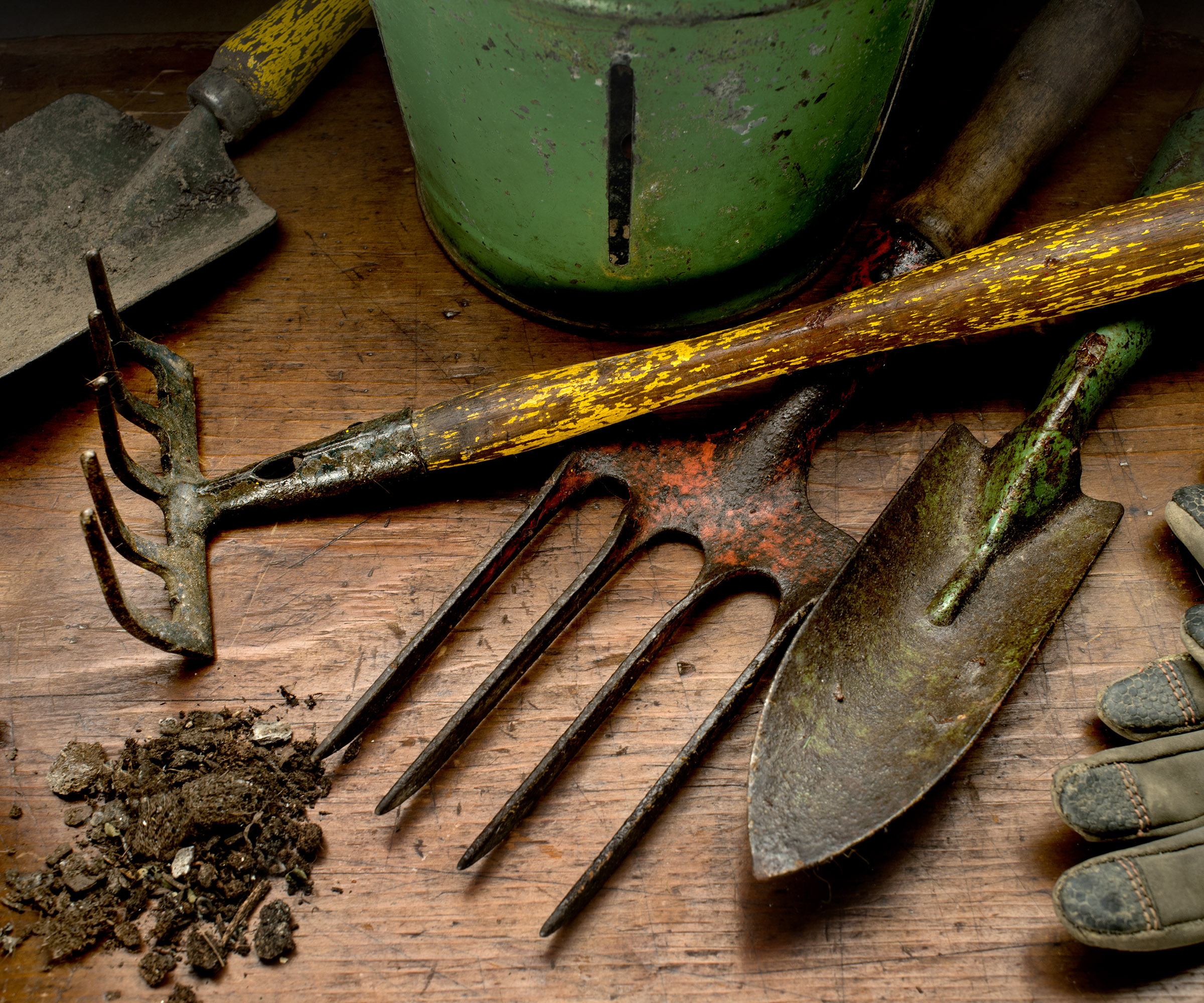
It isn't just your plants that need to be prepared for the winter months ahead, as it's just as important to clean your gardening tools and store them away safely where they won't be exposed to harsh weather.
'Don't forget about your garden tools and irrigation systems. Drain and store hoses, shut off outdoor water supplies and clean and oil your tools,' says Ben. 'Think of it as putting your garden to bed for the winter,' he adds.
You should take particular care to drain hose pipes, blow out sprinklers and protect outside faucets from freezing to avoid damage.
Make sure to also clean rusty tools before then organizing your shed to store gardening tools over winter.
5. Start planning for spring and summer
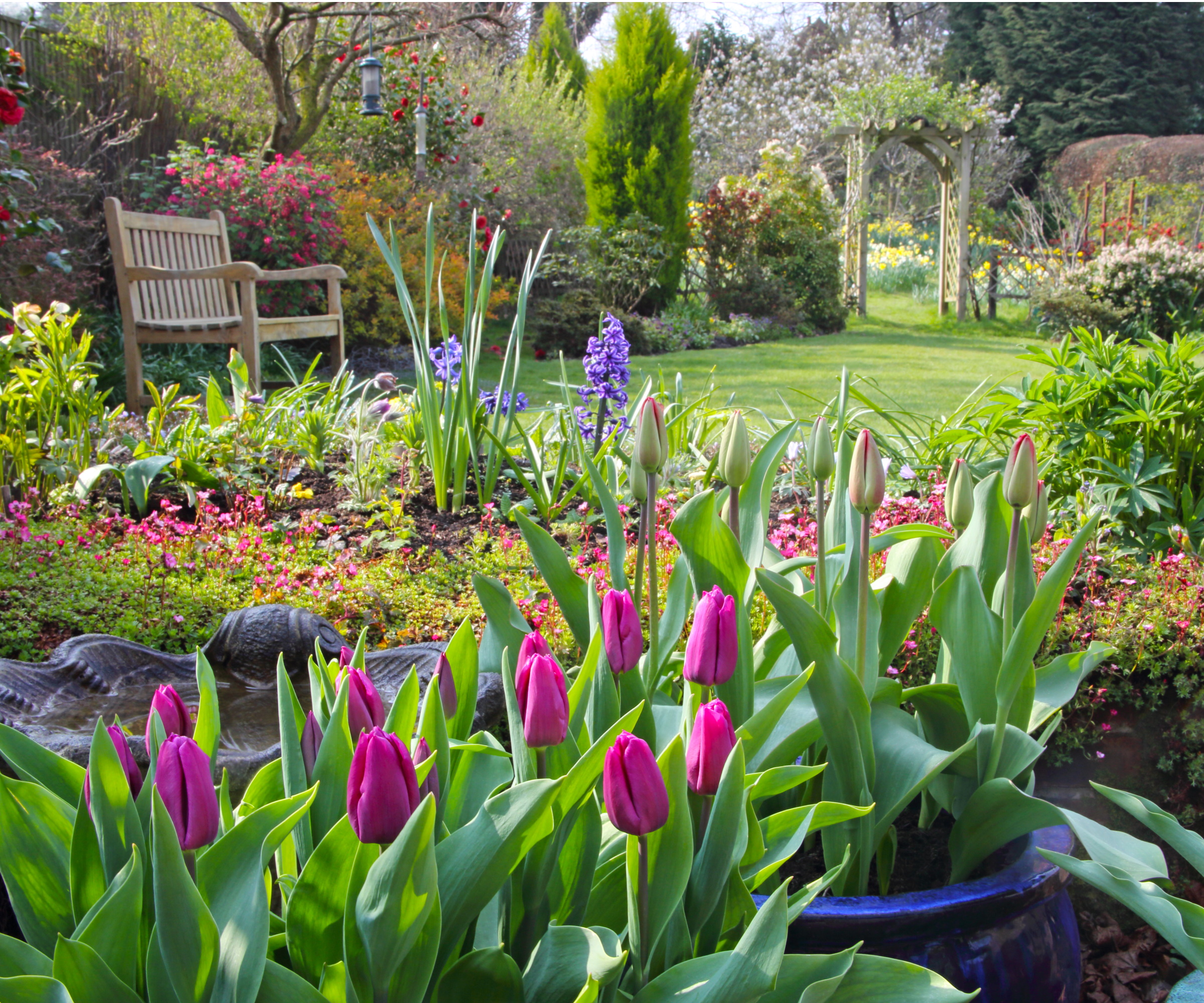
'Winter gardening isn't just about protection and prevention; it's an opportunity for creativity and planning,' says Ben. Once you have made sure your yard and garden plants are prepared for the winter weather ahead, you can cozy up inside and start thinking about your outdoor space in the warmer months.
'Use this time to dream up new garden designs, start seeds indoors or experiment with winter-blooming plants like hellebores or witch hazel,' suggests Ben.
Whether you want to sow seeds in January to get ahead of spring gardening or simply want to think about how you're going to spruce up your backyard for summer, winter is the perfect time to do planning for the gardening year ahead.
Try using this gardening log book and planner from Amazon to keep track of your garden over the different seasons.
FAQs
What is the Farmers’ Almanac?
For over 200 years the Farmers’ Almanac has been providing highly accurate long-range weather predictions for the US and Canada. It is also a resource gardeners can use for advice and ideas on gardening and outdoor recreation, among other things.
How does Farmers’ Almanac predict the weather?
Since 1818, Farmers’ Almanac has been using the same mathematical and astronomical formula to predict long-range weather conditions. Caleb Weatherbee is the Farmers’ Almanac forecaster who makes his predictions two years in advance using a combination of sunspot activity, tidal action, planetary positions and many other factors.
The higher-than-average rainfall predicted for the 2024-2025 winter season might also impact your lawn. Ben McInerney notes that excess moisture alongside foot traffic can cause compaction and bare patches on lawn. That's why you should avoid walking on frozen grass and pay attention to essential winter lawn care tasks while preparing the rest of your yard for winter weather.







